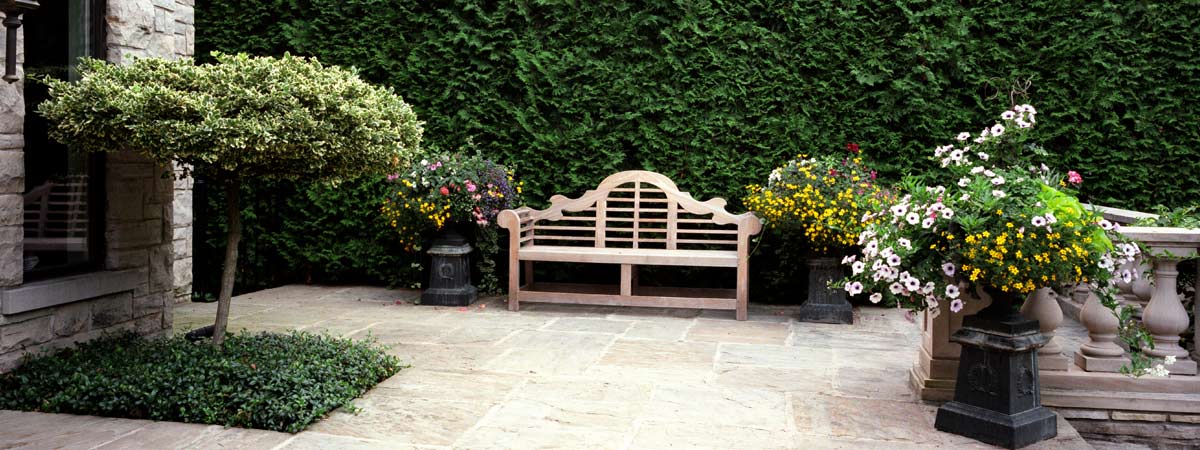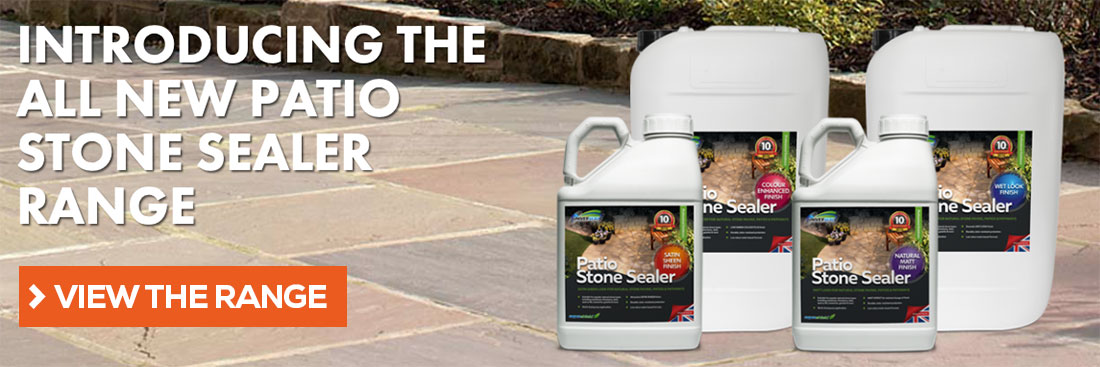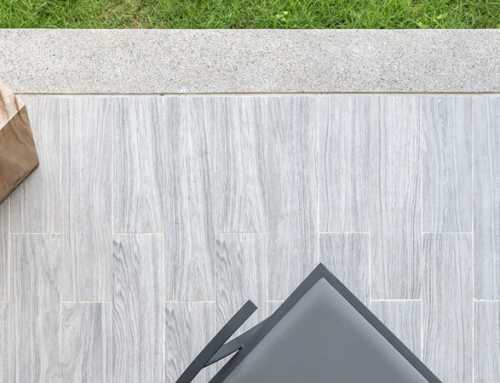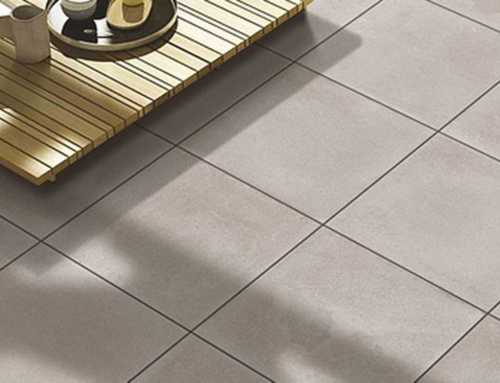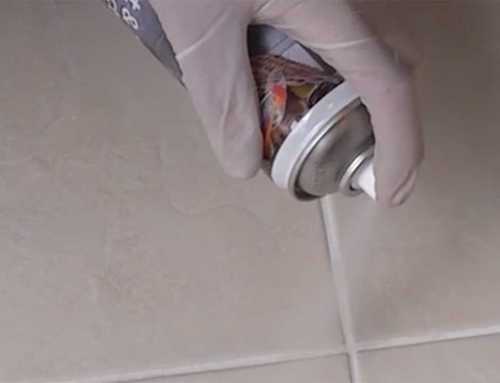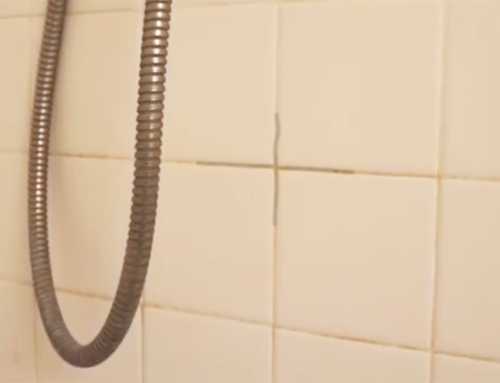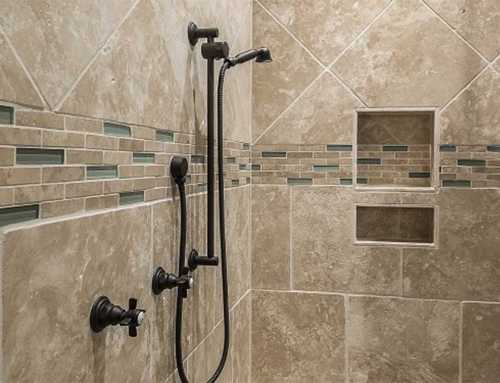How to Seal Paving Slabs or Stone Patio in 7 Simple Steps
If you have recently invested time, effort and money in a beautiful natural stone patio or some gorgeous flagstones and pavers, it’s advisable that you protect your investment with a patio sealer (also known as seal paving sealant).
In this guide, we will give you a step by step process showing you how to seal block paving slabs or patio, why you should use patio sealant, how long you should leave pavers before sealing, and how much it will cost.
How to seal block paving slabs and patio in 7 simple steps
1: Clean your patio and pavers for sealing
Once you have chosen and purchased your patio sealer, it is very important to make sure thorough preparation is carried out before applying the sealer to your stone patio slabs.
If freshly laid, make sure the patio area is completely clean, dry and free from debris and surface staining.
You don’t want to seal any stains or marks in with the sealer as it will be almost impossible to remove after application.
A common problem can be staining from the grout or pointing; it is not unusual for this process to cause staining to the surface of the stone or around the edges of the stone where the jointing sand has been applied and not thoroughly washed off.
If you notice this problem, then it is important to remove these stains before applying any sealer.
This can be done with Universeal Builders Clean but only if the stone is not acid sensitive. If you are unsure you can contact our technical helpline 01300 345898 (use extension 2) or check with your local stone merchant for more information.
With older patios, you will probably need to clean your patio slabs. First clear the patio or paved area as follows:
- Always sweep away any loose surface coverings such as leaves, soil and stones. We recommend using a wide, stiff outdoor brush for cleaning up.
- If there is a large degree of wet, stuck-on mud and vegetation, it will be best to wash this away too. A hose and broom should do a good job or a quick blast with a pressure washer if close to hand.
- If there are large areas of weed infestation, try and remove these or trim them back with a spade or some cutters if they are in between slabs then they will be eliminated.
Once all the debris is clear you can apply a good quality, professional grade patio cleaner.
Our New Clean 60 Patio Cleaner is one if the leading formulations available on the market and can deliver stunning results. It will often bring your natural stone back to good as new condition.
Handy Hint: For detailed instructions on cleaning dirt and grime, mould and algae from stone patios, read our expert guide to patio cleaning.
If your patio is not a new install, then some remedial repairs may be necessary prior to sealing and protecting your patio.
Above and beyond cleaning, for truly professional results, we recommend you check for cracked tiles, or loose pointing.
Replace or repair these areas first before thoroughly cleaning and then sealing the area. Modern water-based sealers have the added bonus of acting as consolidation for newly laid or repaired pointing and grout.
2. Check the weather conditions and temperature
You are now ready to seal your block paving slabs or patio, but there’s one essential check you need to make before you start using a patio sealant; the weather conditions.
Don’t skip this step. It’s a key part to our how to seal paving guide and will help you to achieve a professional finish to be proud of.
The first thing you need to do is view out the weather forecast for the day you plan to apply paving sealant. Check for any signs of rain and wet weather.
If rain is forecast, we recommend delaying sealing your paving slabs as the majority of modern patio sealers need to be applied to a completely dry surface which has been dry for 72 hours in advance.
Always check the label of your chosen patio sealant to see what’s recommended for specific cure times.
It’s not just the rain though that can get in the way of sealing your paving slabs effectively. Temperature is a key issue too.
The ideal temperature for applying patio sealant to pavers is in the range of 5°c – 20°c.
If you apply a paving sealer in temperature conditions outside of these parameters you could cause issues with the sealer application, appearance and performance.
3: Wear protective clothing and consider masking
The majority of modern paving sealants are safe to use, being solvent free and water-based formulas.
However, you might choose to use a solvent based product so be mindful that personal protection in very important. It may be necessary to wear protective clothing, gloves and eyewear – always check the specific product label before use.
In case of an overspray, spills or splashes it is important to check the surrounding area for sensitive surfaces, or the risks to young children and pets prior to starting the project.
You should consider masking adjacent surfaces such as wooden decking, plastic or artificial flooring materials before starting work.
4. Perform a test in a small area
Before you start sealing your paving slabs and patio, it’s best practice to perform a small test on an inconspicuous area just to be 100% certain that the sealant is suitable.
Once applied it can be very difficult or sometimes impossible to reverse the effects of a patio stone sealer.
To do this, take a small nature fibre brush and apply the patio sealant to your chosen test patch and let it dry for a couple of hours.
Go back and check that it looks ok and the colour is how you were expecting it to turn out.
5. Apply the paving sealant
Once you’re happy with your test area and the patio surface area is completely dry and clean with the optimum weather conditions, it’s time to start with the first coat.
The first coat is for impregnation and will apply the first level of patio sealant to your paving slabs.
You can either use a natural fibre brush, paint pad or sponge to saturate the paving slabs, but for the quickest results that apply an even finish, we recommend a low-pressure sprayer.
Our patio stone sealer should be applied at a ratio of 150 ml per metre squared.
If using a low-pressure sprayer, we recommend applying the patio sealant in circular and consistent motions, going slab by slab, whilst paying attention to which parts you have sprayed each time.
After 10 minutes, check that the sealant application has evenly covered the patio surface, making sure that the sealer has distributed evenly to allow for a full, and even absorption.
6. Apply a second coat of paving sealant
You will now repeat the process but with 100 ml per metre squared, applying sealant to wet on wet within 15 minutes of the first coat being applied.
For best results, work back in the opposite direction to the first application for a balanced, even finish. Make sure that the formulation is applied evenly.
Handy Hint: If your application technique leaves puddles or patches, it is important to remove any surface residue. Doing so will avoid any sticky patches or hard to remove white marks drying on the surface.
This second coat acts as a surface protection.
Follow the instructions given on the product label regarding curing times for the second coat. This can vary considerably depending on whether you opt for a top coat sealer or an impregnating sealer.
7. Allow to dry for a minimum of 2 to 3 hours
You can now let the paving sealant dry for at least a couple of hours before letting anybody walk on the surface.
Ideally you should let it dry for longer, and not have any footfall on the patio to ensure maximum long-term protection and long-lasting results.
Related questions and FAQs
Below we have answered some of the more common questions people ask us when learning how to seal paving slabs using our high-quality patio sealers.
We will often get asked, “how do I seal my patio?”, “what’s the best patio sealer”, “how to apply paving sealant”, “do I need to seal my pavers”, and “why use patio sealant”.
Whilst we have an FAQ sectionand a helpful expert guide on our website, we thought it would be a good idea to cover some of the most important pointers for professional patio sealing in the quick responses below.
Do I need to seal my patio and pavers?
By using a patio sealant, you can help protect your paving stones from stains such as dirt and oils, plus give it a UV resistance to help maintain the natural stone colours.
A good sealant such as the ones available in our online store will also help to protect the sand joins from being displaced the wind, rain, and insects.
By learning how to seal paving slabs using our easy to follow guide above, you can achieve long-lasting results and a great looking patio that will last for years to come.
Why use patio sealant?
A good quality paving slab sealant will not only prevent against moss and algae build-up, but it will make the process of cleaning your stone paving far easier in the future.
Our patio sealers are suitable for all types of paving, including Indian sandstone, block paving and stone flooring. Products are available in both 5 litre and 25 litre quantities, and a variety of surface finishes.
Universeal are a leading specialist manufacturer of superior grade stone care formulations in the UK. Our products are used extensively by professionals across the country and discerning homeowners choose our product range for the best achievable results.
How long should pavers dry before sealing?
There are many confusing myths about when you should seal and protect your stone patio or natural paving area.
We have heard of people saying you should wait up to 6 months before sealing your patio to allow time for the natural salts and minerals to come out of the stone. If you ever get told or hear this then please definitely ignore – it’s simply not true.
High grade modern paving sealants are breathable and allow the stone to completely dry out without trapping the natural salts and minerals within the natural stone.
This vapour transmission is critical to rapid patio sealing post installation and the majority of Universeal Sealers are 100% breathable.
So, to avoid surface soiling and even worse permanent staining it is important to seal your stone as soon as possible.
What tools will you need to seal your pavers?
Having the correct tools will make the product easy to apply and yield a superior result. Although many application tool types can be used, for example you could use a brush, roller, or lint free cloth, where suitable we strongly recommend a spray application.
A simple garden sprayer can be used as this allows for far quicker and even application of your chosen paving sealer.
To aid with this type of application, we suggest having a clean soft brush on hand to evenly distribute any sealer that has been applied inconsistently with the sprayer.
How to maintain your newly sealed paving slabs or patio
Be aware of the potential risks to the lifespan of the sealed surface.
Heavy footfall, mechanical abrasion and harsh, acidic or alkaline cleaning formulas can all negatively impact the longevity of the protected surface.
For regular, low impact cleaning, we recommend you use clean water supplemented by an occasional treatment with a very weak dilution of either our New Clean 60 Patio Cleaner or ph Neutral Stone Cleaner.
Avoid using mechanical abrasion machinery as this will damage the polymer matrix of the sealer.
What is the best patio sealant?
Deciding on your chosen patio sealer and the desired finish requires some careful consideration.
There are many different choices of sealers on the market, some better than others, and some suitable for different results.
Generally, the more expensive the product, the stronger and longer it will offer surface protection. It is important to correctly choose the desired finish for your patio.
Modern patio sealers offer many different looks and finishes, and at Universeal we offer formulations for all types of paving, including:
- Matt finish patio sealant
- Satin finish patio sealant
- Colour Enhanced finish patio sealant
- Gloss Wet Look finish patio sealant
If you are unsure, then always do a small test patch on some loose tiles or small, inconspicuous area before starting with the application.
How much does it cost to seal pavers?
For long-lasting results, it’s pays to choose the best products on the market.
We also recommend that you take your time with the sealing project and follow the guidelines on how to seal paving we outlined above very carefully.
In terms of cost, firstly consider the type of stone you are sealing before deciding what to purchase.
Should you decide to choose a Universeal product, then you could end up paying between £55 and £195 to seal an average sized patio.
Make sure that you measure up the paving area you wish to seal, and then purchase the correct amount of paving sealant to suit your project.
Surface coverage will vary depending on the stone’s texture and porosity. Always apply the first coat generously and evenly.
Conclusion
We hope our guide on how to seal block paving slabs and stone patios has given you the confidence you need to complete this project yourself.
If you follow our 7 tips, you will be much more likely to get a professional end result and enjoy a longer lifespan of the protective seal.
Should you need more guidance or some technical details, please get in touch using our contact form or call the technical line on 01300 345898.
You can view our entire set of patio sealants, including the latest prices and promotions by visiting our patio stone sealer range.



